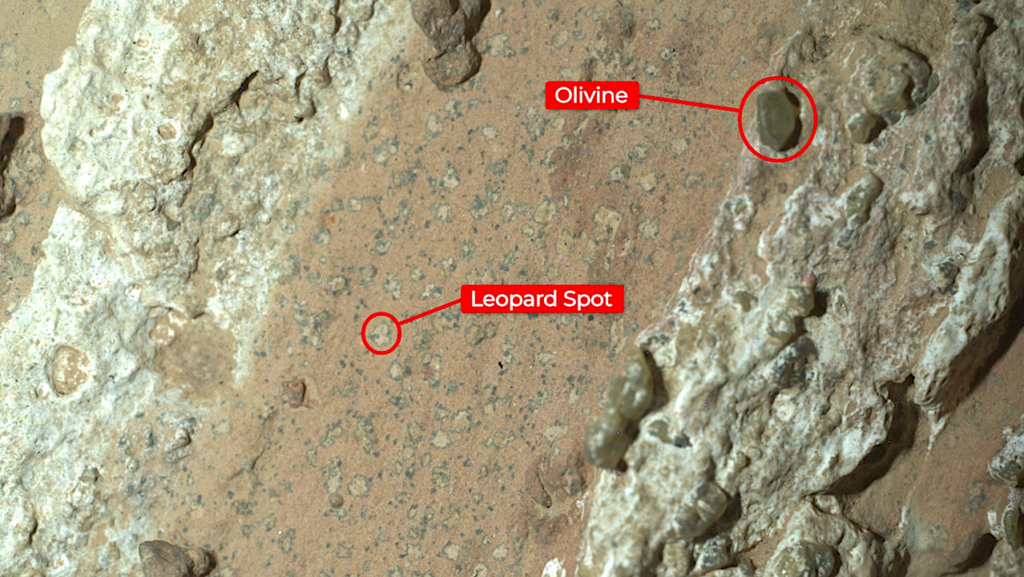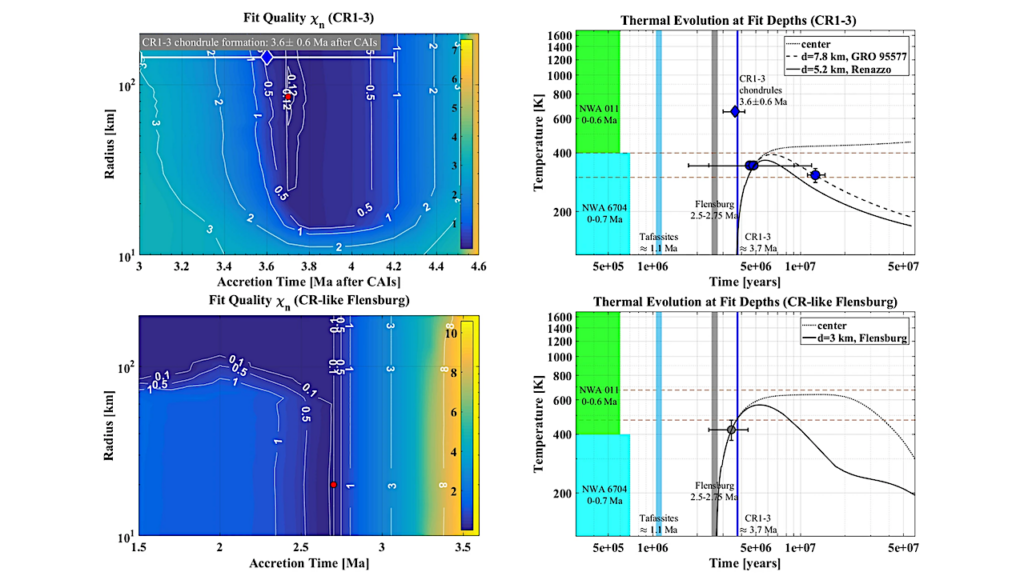A Maximum Subsurface Biomass on Mars from Untapped Free Energy: CO and H2 as Potential Antibiosignatures

Whether extant life exists in the martian subsurface is an open question.
High concentrations of photochemically produced CO and H2 in the otherwise oxidizing martian atmosphere represent untapped sources of biologically useful free energy.
These out-of-equilibrium species diffuse into the regolith, so subsurface microbes could use them as a source of energy and carbon. Indeed, CO oxidation and methanogenesis are relatively simple and evolutionarily ancient metabolisms on Earth. Consequently, assuming CO- or H2- consuming metabolisms would evolve on Mars, the persistence of CO and H2 in the martian atmosphere set limits on subsurface metabolic activity.
Here, we constrain such maximum subsurface metabolic activity on Mars using a 1-D photochemical model with a hypothetical global biological sink on atmospheric CO and H2. We increase the biological sink until the model atmospheric composition diverges from observed abundances. We find maximum biological downward subsurface sinks of 1.5e8 molecules/cm^2/s for CO and 1.9e8 molecules/cm^2/s for H2. These covert to a maximum metabolizing biomass of <10^27 cells or <2e11 kg, equivalent to <1e-4 to 1e-5 of Earth's biomass, depending on the terrestrial estimate. Diffusion calculations suggest this upper biomass limit applies to the top few kilometers of the martian crust in communication with the atmosphere at low to mid latitudes.
This biomass limit is more robust than previous estimates because we test multiple possible chemoautotrophic ecosystems over a broad parameter space of tunable model variables using an updated photochemical model with precise atmospheric concentrations and uncertainties from Curiosity. Our results of sparse or absent life in the martian subsurface also demonstrate how the atmospheric redox pairs of CO-O2 and H2-O2 may constitute antibiosignatures, which may be relevant to excluding life on exoplanets.
Steven F. Sholes, Joshua Krissansen-Totton, David C. Catling
(Submitted on 20 Nov 2018)
Comments: 30 pages, 4 figures, 3 tables. Accepted for publication in Astrobiology
Subjects: Earth and Planetary Astrophysics (astro-ph.EP)
Cite as: arXiv:1811.08501 [astro-ph.EP] (or arXiv:1811.08501v1 [astro-ph.EP] for this version)
Submission history
From: Steven Sholes
[v1] Tue, 20 Nov 2018 21:55:51 UTC (1,179 KB)
https://arxiv.org/abs/1811.08501
Astrobiology








